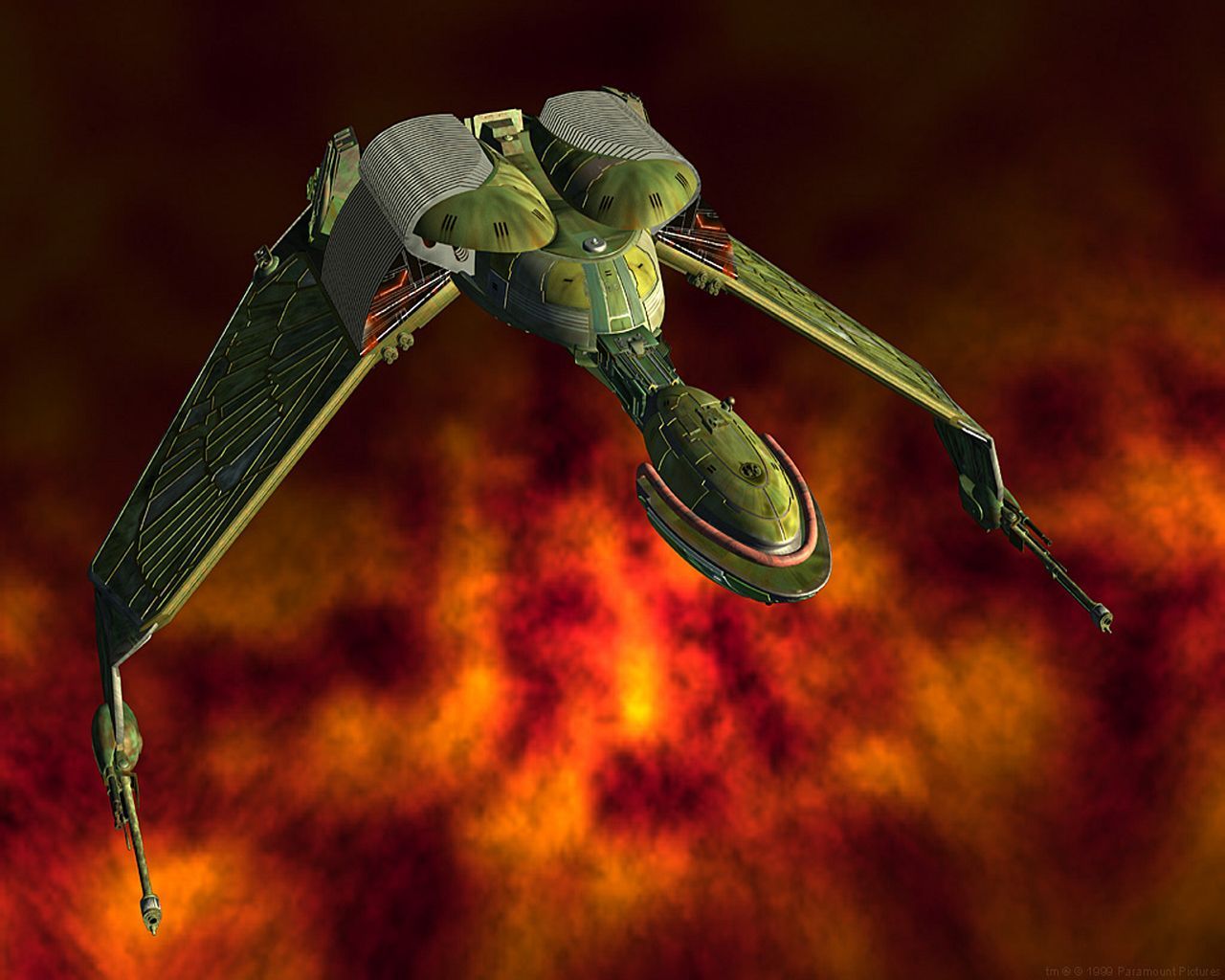The Linux Ship of Theseus
-
pick any distro and install it.
-
Then, without installing another distro over the top of it, slowly convert it into another distro by replacing package managers, installed packages, and configurations.
System must be usable and fully native to the new distro (all old packages replaced with new ones).
No flatpaks, avoid snaps where physically possible, native packages only.
EDIT: Some clarification on some of the clever tools brought up here:
chroot, dd, debootstrap, and partition editors that allow you to install the new system in an empty container or blanket-overwrite the old system go against the spirit of this challenge.
These are very useful and valid tools under a normal context and I strongly recommend learning them.
You can use them if you prefer, but The ship of Theseus was replaced one board at a time. We are trying to avoid dropping a new ship in the harbor and tugging the old one out.
It may however be a good idea to use them to test out the target system in a safe environment as you perform the migration back in the real root, so you have a reference to go by.
Easy: pick two similar distros, such as Ubuntu and Debian or Manjaro and Arch and go from the base to the derivative.
Medium: Same as easy but go from the derivative to the base.
Hard: Pick two disparate distros like Debian and Artix and go from one to the other.
Nightmare: Make a self-compiled distro your target.
I would watch a YouTube series doing this
whoever runs the channel will singlehandedly cause a worldwide antidepressant shortage
Not quite the same but you might like the Linux from Nothing series, building out a Linux install from first principles.
Obviously lots of linux youtubers have done videos on linux from scratch too but the step by step nature is pretty enjoyable to watch.
I “broke” linux mint just by trying to pop KDE on, had to timeshift because it messed up my keyboard layout and a whole bunch of other things with my display.
I don’t know how people do these crazy changes without pain, and have a feeling the answer is simply “there’s pain” 😂
deleted by creator
I have seen dozens of systems migrated from Gentoo to CentOS by live swapping the userspace and eventually rebooting into the new kernel. A hair raising experience to be sure.
“Medium: Same as easy but go from the derivative to the base.”
I can’t quite recall, but I think I did exactly that with Ubuntu -> Debian once upon a time. I think Ubuntu was only a year or so old though, so there wasn’t a huge amount of divergence back then. As a bonus anecdote I also attempted a semi-successful build of Gentoo on a PPC Mac around the same time (nothing before or after that has compared in its level of nightmare).
I once switched from Debian i386 to amd64 in-place. That was MUCH harder than you would expect, I guess somewhere between medium and hard in your list. That server is still running that install btw, so in the end it all worked out.
I had forgotten about doing that myself. I did that on a couple servers once the distros had full 64 bit builds. Does that technically count as an architecture swap in-place as well?
Absolutely, that’s basically the same thing
deleted by creator
To add sadism on top of masochism, tell all your friends how you did it in great detail
May, I introduce you to bedrock
without installing another distro over the top of it … [replace] package managers
The package manager is the distro, though.
$ pacman -S apk-tools $ apk add alpine-base linux-ltsThen
kexecto alpine’s kernel and theinitramfsgenerated by its installation (which would incidentally “replace” PID 1 with the new/sbin/init). For clean up you could take a diff of “tar -t” for all the installed packages from both distros then delete the files only in the old distro’s packages.Make a self-compiled distro your target.
Replace the first step with a compilation of
apk,abuildeverything required byalpine-baseandlinux-lts(git clone aportsto bootstrap that work), then add the package directory to/etc/apk/repositoriesbefore the second step. Next, begin to worry that you haven’t fully broken free yet, replaceabuildwith a bespokemybuildandapkwithtar -x, grapple with signed binaries, reflect on your own identity and authenticity, then take a tour throughgentooand find yourself missing the$HOMEyou left and its familiar comforts.It is quite easy to go slackware -> gentoo from what I remember but minimalist distros might be cheating
I’ve done the Arch to Artix. It wasn’t hard, per se, but it took a while. I think that should be Medium, because Artix isn’t just an Arch derivative.
In fact, might I suggest a different way of looking at the difficulties?
- Replacing the package manager: Hard.
- Replacing the package manager without a live USB: Extreme.
- Going from a basic systemd-based distro (init, log, cron) to anything else: Hard
- Going from a systemd distro that’s bought into the entire systemd stack, including home and boot: Extreme
- Going from one init to another: Medium
- Changing boot systems: grub to UEFI, for example: Easy.
- Replacing all GNU tools with other things: Extreme (mainly because of script expectations).
And so on. You get 1 point for Easy, 2 for Medium, 4 for Hard, and 8 for Extreme. Add 'em up, go for a high score.
I don’t think rolling your own is that hard, TBH, unless you’re expected to also build a package manager. If maintaining it would be harder than building it.
I like it
Is that even possible? I’m already in panic when I remove a package and it’s dependencies with pacman 😅.
Sure I did replaced Thunar with Nemo, but a few things don’t work exactly how it should, like opening the download directory from Firefox (Known issue BTW) even though all mime-types are correctly set !
Even switching from Alternative -> Base distro seems like a really difficult task :/
I helped do the easy scenario at large scale in a fortune 50 several years ago after the vendor thought they could get greedy on the support contract renewal. Only required small changes to a few files and packages.
The compiled distros should be easy instead of nightmare tbh






